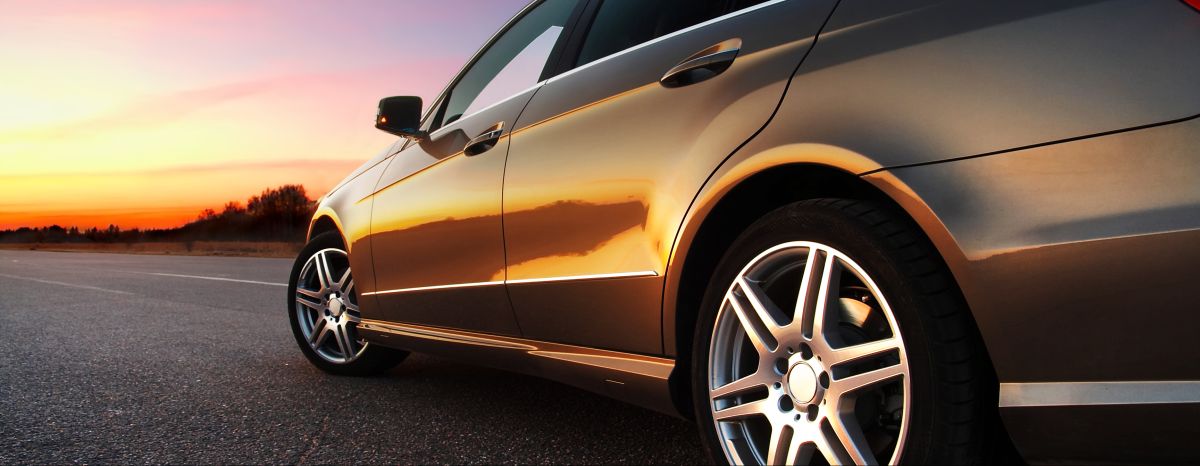Fuel properties
LPG consists mostly of propane (C3H8) and butane (C4H10) which can be easily liquefied at moderate pressure. Table 1 lists the basic fuel properties of LPG (as propane/butane). The chemical composition of LPG varies depending on the location and time of the year. For example, LPG sold in the Netherlands contains on average 60% propane and 40% butane, but in northern regions such as Canada, USA or Sweden, LPG consists mostly of propane. At low temperatures, vapor pressure of butane is so low that it will not come out of the tank. LPG used in transportation should contain as little olefins (such as propene) as possible. Olefins have a low octane number and they are known to cause carbon deposits in engines.
ISO has two standards for Petroleum products LPG, but these are mainly meant for international trade and not specifically for vehicle use (ISO 8216-3 and ISO 9162). The ASTM 1835 standard for Liquefied Petroleum Gases covers four basic types of LPG for use in applications such as domestic and industrial heating and as engine fuels. The CEN standard EN 589 "Automotive Fuels – LPG – Requirements and test methods" covers the use of LPG as vehicle fuel. There are also other standards for automotive LPG. (Rehnlund 2008). The latest version is EN 589:2018 + A1:2022. The selected properties and requirements for LPG are listed in Table 1.
Table 1. Examples of properties and requirements for LPG. Complete requirements and standards are available from the respective organizations.
|
|
LPG examplea |
Standard example 2022 |
|
Formula |
x%, C3H8 x%, C4H10 |
|
|
Molecular weight, g/mol |
44 – 58 |
|
|
Carbon/hydrogen/oxygen, wt-% |
82 – 83/17 – 18/0 |
|
|
Applicable compression ratios |
11 – 13 |
|
|
|
|
|
|
Density, liquid at 20 °C, kg/dm3 |
0.5 – 0.58 |
|
|
Boiling point, °C |
-42 - -0.5 |
|
|
|
|
|
|
Research octane number (RON) |
94 – 112 |
|
|
Motor octane number (MON) |
89 – 98 |
≥89.0 |
|
|
|
|
|
Blending vapor pressure at 20 °C, kPa* |
210 – 810 |
|
|
|
|
|
|
LHV heating value, MJ/kg |
44 – 46 |
|
|
LHV heating value, MJ/I |
23 – 26 |
|
|
HHV, MJ/kg |
48 – 50 |
|
|
Heat of vaporization at 20 °C, kJ/kg |
358 – 372 |
|
|
Self-ignition temperature, °C |
365 – 470 |
|
|
Ignition limits, fuel in air, vol-% |
|
|
|
Stoichiometric air to fuel ratio |
15.4 |
|
|
Total dienes, %(m/m) |
|
≤0.5 |
|
1,3-Butadiene, %(m/m) |
|
≤0.09 |
|
Propane content, %(m/m) |
|
>20 |
|
Hydrogen sulphide |
|
negative |
|
Total sulfur content, mg/kg |
|
≤30 |
|
Copper strip corrosion (1 h at 40 °C) |
|
Class 1 |
|
Evaporation residue, mg/kg |
|
≤60 |
|
Vapor pressure gauge at 40 °C b |
|
≤1550 |
|
Water content |
|
pass |
|
Odor |
|
Unpleasant and distinctive at 20% LFL |
a Varying butane/propane ratio, e.g. 70% propane & 30% butane to 100% propane [IEA 1999].
For some parameters only separate data for 100% propane and 100% butane have been found.
b In addition, min. 150 kPa for several grades at different temperatures.


